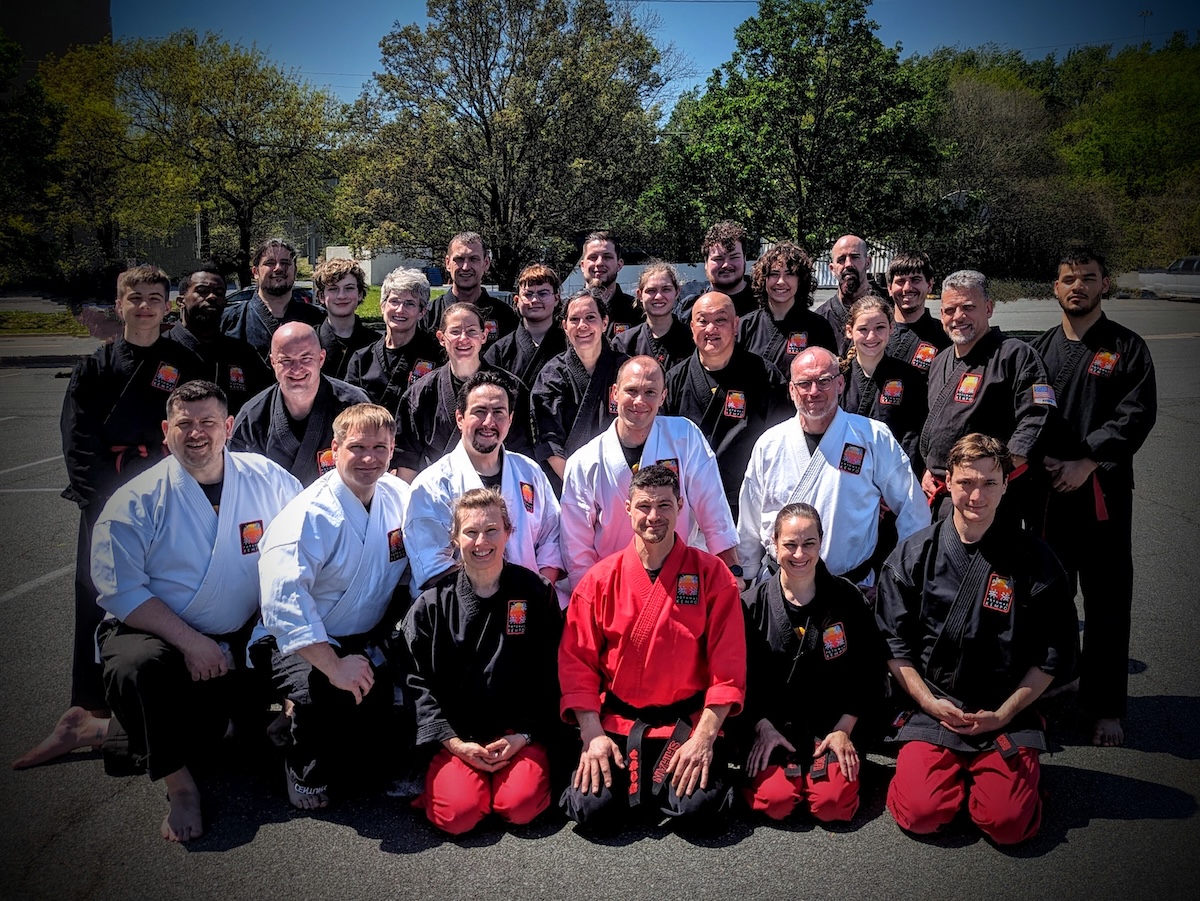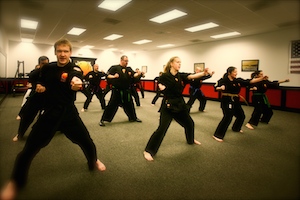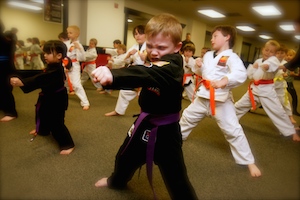The study of Shaolin Kempo Karate, as taught at Potomac Kempo, is an analogy for living. The methods for growing and excelling as a practitioner of Kempo are the same methods employed for living life well. The purpose of this chapter is to define the Pillars of Kempo℠ as the means by which a student elevates the practice of the martial arts from mere pugilism to the cultivation a well-lived life.
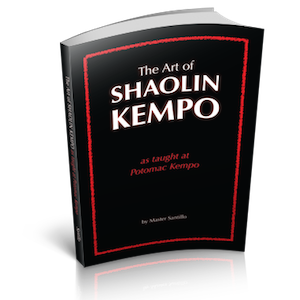 It is common for the martial arts to be misunderstood simply as training in hand-to-hand combat — that is, of course, definitionally accurate. It is also true that some people practice a martial art with this limited goal. In these cases it is not the art that lacks depth but the practitioner and — what is worse — their instructor. A worthy instructor will assist their students in discovering and developing higher goals that will enrich all aspects of their lives.
It is common for the martial arts to be misunderstood simply as training in hand-to-hand combat — that is, of course, definitionally accurate. It is also true that some people practice a martial art with this limited goal. In these cases it is not the art that lacks depth but the practitioner and — what is worse — their instructor. A worthy instructor will assist their students in discovering and developing higher goals that will enrich all aspects of their lives.
Students routinely seek the martial arts because of a desire to exercise or learn to defend themselves. After a period of time these students discover that they are benefitting in both of these ways and are often pleased with their good fortune. After further study they realize that their mental faculties are improving — they have greater focus, patience, discipline, and more. Only later — often years later — do students begin to realize that all of these pieces — the physical and mental benefits — were just the foundation for the development of their spirit. Through the study of Kempo they have become — and continue to become — better, more whole people. This amazing progression, from learning to kick and punch to learning about one’s higher self, is derived from the integration of the Pillars of Kempo into the foundations of the art. To understand the Pillars, we must first understand the historical progression that brought Kempo to us.
Generations
Each generation of practitioners learns from the one before and teaches the one after. This process is initiated with a person expressing a desire for learning, it can only proceed once they are found to be a person of integrity, and it begins again as they serve others from their position of knowledge and strength. These three steps logically give rise to the three Pillars of Kempo: Learning, Integrity, and Service.
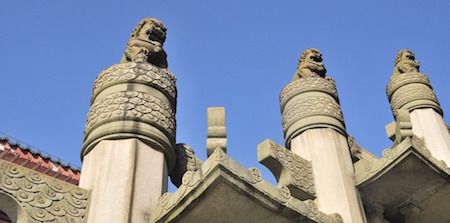
Every day, somewhere a new student expresses a desire to learn and grow through the study of Shaolin Kempo Karate. This student seeks out a teacher and presents themselves as a student. This presentation can take place in a number of ways. At one point a candidate who wished to study at the Shaolin Temple had to spend three days and nights without food or drink to show their dedication to Learning. Now students are generally welcomed kindly and invited to learn. In either case, this desire to learn and grow, followed by the active seeking of instruction is the first step.
It is the Pillars of Kempo that elevate the practice of the martial arts from mere pugilism to the cultivation a well-lived life
After they have expressed a desire to learn they must be evaluated from a moral perspective. This practice began long ago when unarmed martial arts were the military technology of the day. In that era it would be irresponsible to teach a pugilist art to a person who would not deploy it appropriately. One could argue that in our current age of modern weapons this check is anachronistic. Happily, long before one could possibly make such an argument the step was ingrained in the process such that it can not be bypassed.
So the student is screened. They may be screened initially or incrementally as techniques become more advanced and dangerous. In either case an effort is made to be sure that Kempo is taught only to those of Integrity.
The step that completes the cycle is that of Service. The reason that we have the Art of Shaolin Kempo with us today is that Kempo and its antecedents have been taught from one generation to the next since time immemorial. Kempo exists because of the specific act of teaching, but this is only one method of Service. Service, defined broadly, has become deeply rooted in the culture and spirit of Shaolin Kempo Karate. This act begins in the Dojo as one student helps another to learn and achieve their goals and it grows the be a way of life.
